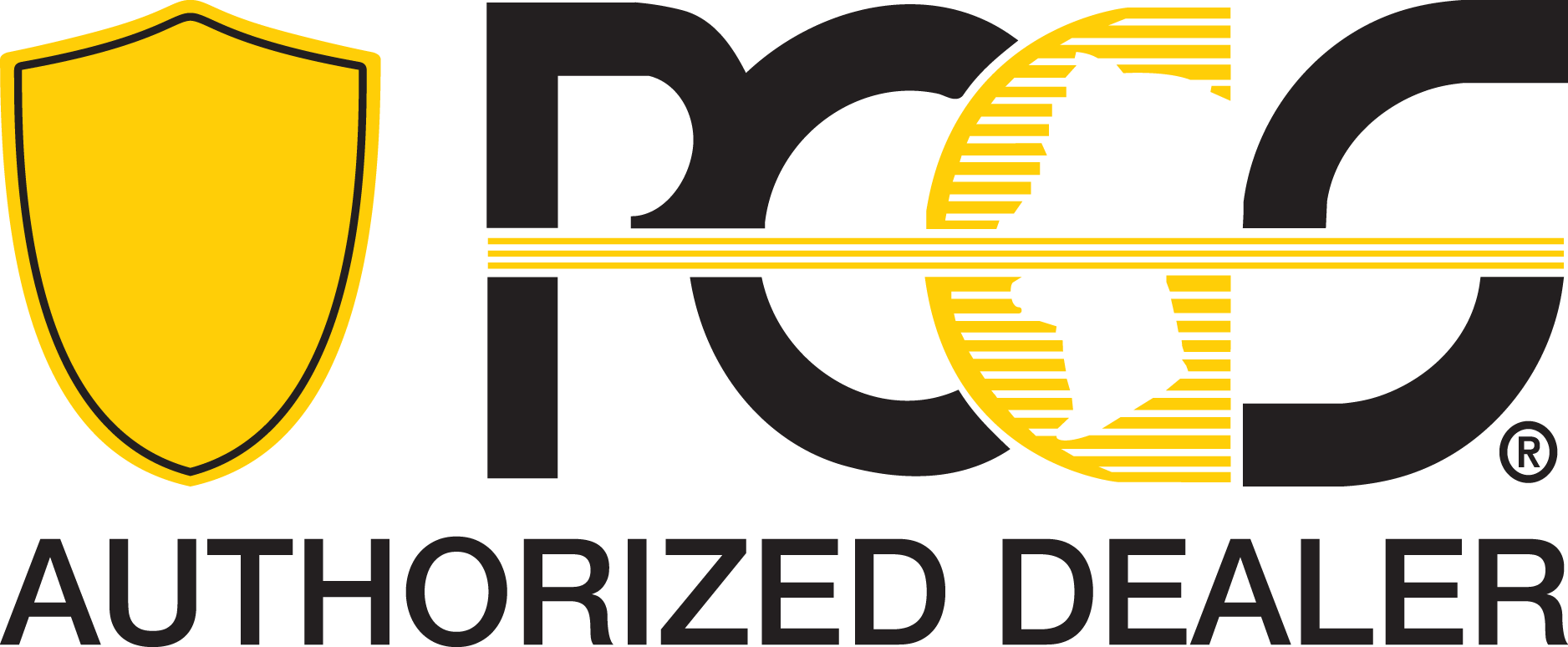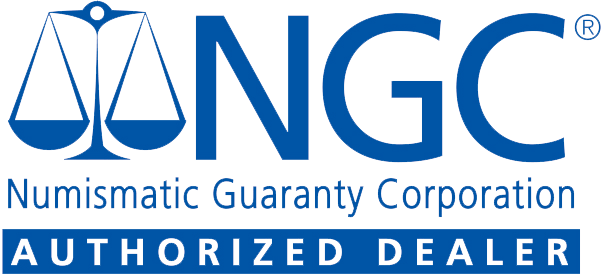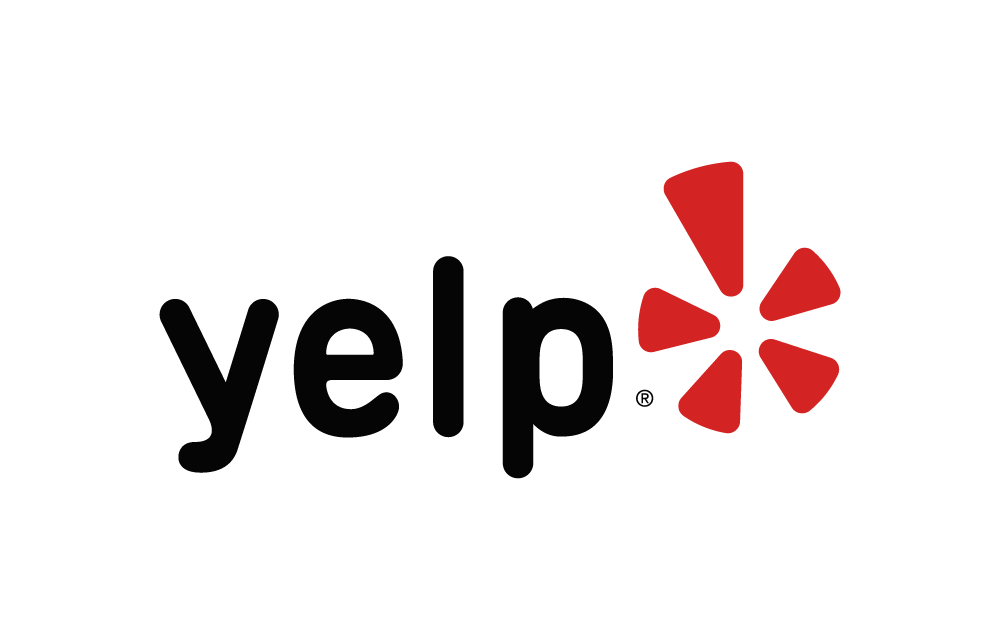What is a Gold Exchange?
As interest in gold investment continues to rise, many people are curious and wonder, “What is a gold exchange? And how does it operate?”
The simple answer is that a gold exchange is where gold and other precious metals are bought and sold.
Understanding more about how a gold exchange works can help you make informed decisions and maximize your investment strategies. So keep reading — you’re in the right place to learn more about investing in gold.
What is a Gold Exchange?
A gold exchange is a marketplace where investors, collectors, and traders can buy and sell gold and other precious metals, such as silver, platinum, and palladium. These exchanges facilitate transactions between buyers and sellers, providing a transparent and regulated environment for trading.
Gold exchanges can operate as physical locations, online platforms, or a combination of both.
How Does a Gold Exchange Operate?
First, lets look at the differences between physical and online gold exchanges …
Physical Exchanges. These are brick-and-mortar locations where buyers and sellers can conduct transactions in person. Examples include the New York Mercantile Exchange (NYMEX), the London Bullion Market Association (LBMA), and, on a smaller, more intimate scale, California Gold & Silver Exchange.
Online Exchanges. These platforms allow users to trade gold electronically. Online exchanges offer convenience and accessibility, enabling investors to buy and sell gold from anywhere in the world.
Both physical and online gold exchanges can offer several types of transactions, including the following:
- Spot Transactions: In spot transactions, gold is bought and sold for immediate delivery at the current market price, known as the spot price.
- Futures Contracts: Futures contracts involve agreeing to buy or sell gold at a predetermined price on a specific date in the future. These contracts are used for hedging or speculating on future price movements.
- Options Contracts: Options contracts give the buyer the right, but not the obligation, to buy or sell gold at a specified price within a certain timeframe.
- Exchange-Traded Funds (ETFs): Gold ETFs are investment funds that track the price of gold. Investors can buy shares of the ETF, which represent a portion of the fund’s gold holdings.
Gold exchanges provide real-time pricing information, ensuring transparency and fairness in transactions. Prices are influenced by factors such as supply and demand, economic conditions, and geopolitical events.
Benefits of Using a Gold Exchange
Investors receive numerous benefits from using a gold exchange to buy and sell gold. Here are a few of them:
- Liquidity: Gold exchanges offer high liquidity, allowing investors to quickly buy or sell gold at market prices. This liquidity makes it easier to enter or exit positions as needed.
- Security: Reputable gold exchanges operate under strict regulatory oversight, ensuring the security and integrity of transactions. This reduces the risk of fraud and provides peace of mind to investors.
- Transparency: Gold exchanges provide transparent pricing and real-time market data, enabling investors to make informed decisions based on current market conditions.
- Diversification: Investing in gold through an exchange allows for portfolio diversification, reducing overall risk and enhancing long-term financial stability.
- Accessibility: Online gold exchanges make it easy for investors to access the market from anywhere in the world, providing flexibility and convenience.
How to Get Started with a Gold Exchange
It’s easy and straightforward to use a gold exchange to start investing in gold. Here are the steps to take:
- Research. Start by researching different gold exchanges to find one that suits your needs. Consider factors such as reputation, fees, and the types of products and services offered.
- Open an Account. Once you’ve selected an exchange, you’ll need to open an account. This process typically involves providing identification and financial information.
- Fund Your Account. Deposit funds into your account to start trading. Most exchanges accept a variety of payment methods, including bank transfers, credit cards, and electronic payments.
- Start Trading. With your account funded, you can begin buying and selling gold. Use the exchange’s tools and resources to monitor market trends and make informed decisions.
At California Gold & Silver Exchange, we are here to help you navigate the world of gold investment.
Contact us today to learn more about how we can assist you with buying and selling gold, including current market prices and investment strategies.
Call (909) 985-4653 for current pricing or to schedule an appointment for a personalized consultation. Or click here for our address and hours.










